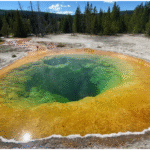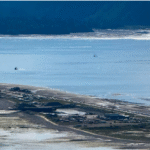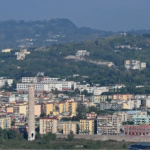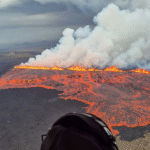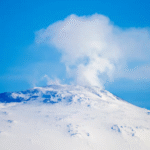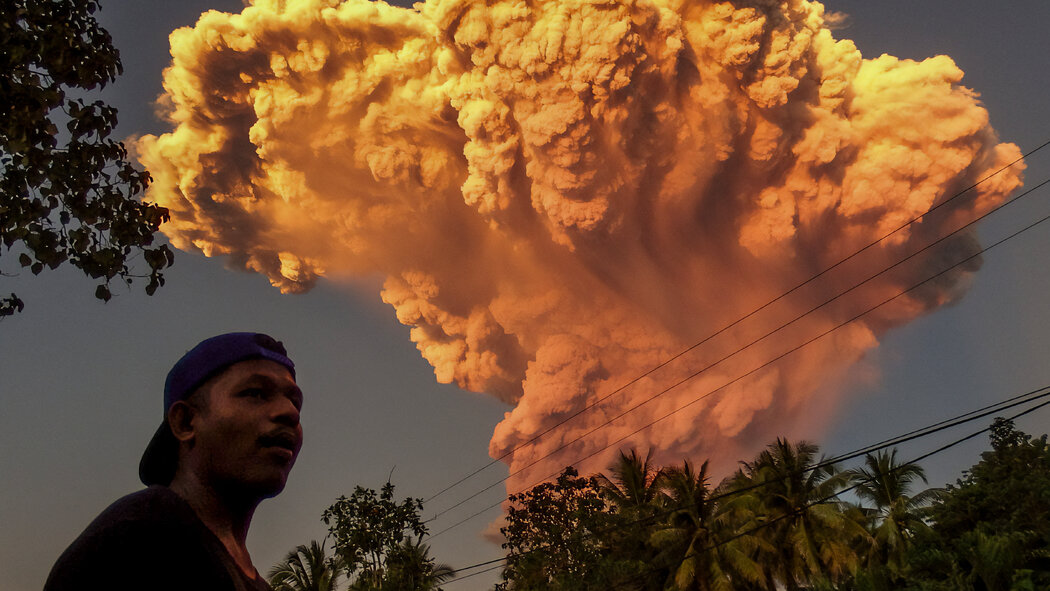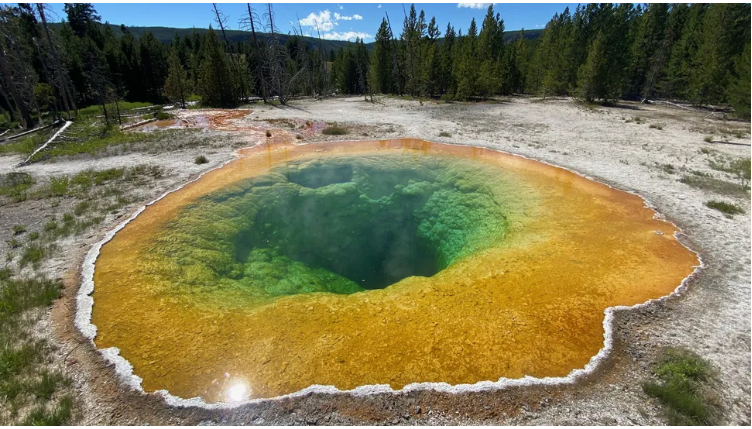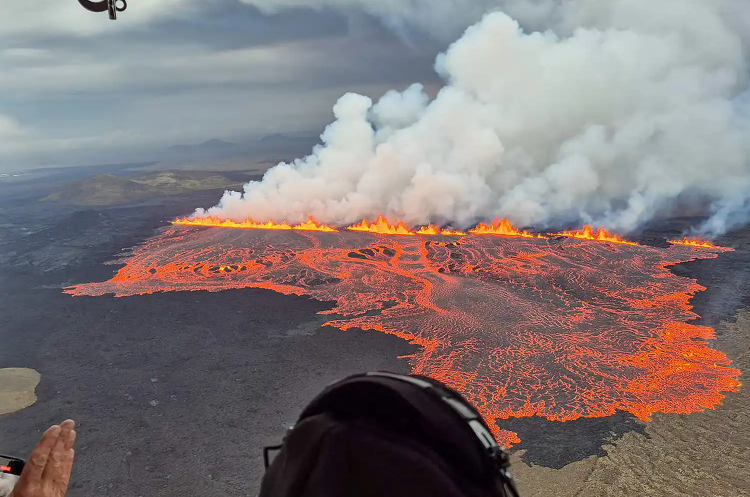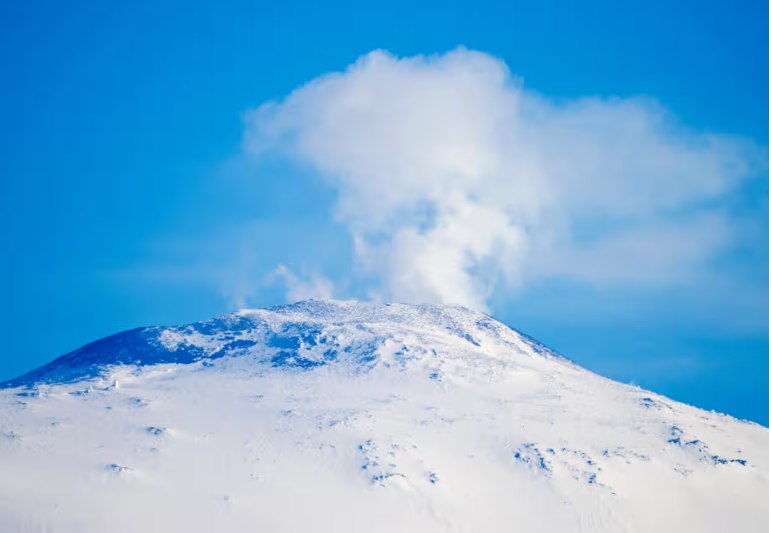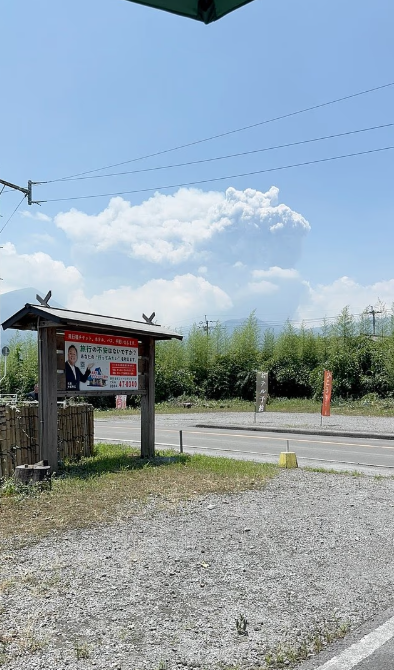Eruption Unleashed: Minute-by-Minute Chaos
I’ve tracked volcanic activity for 12 years, but June 17, 2025, at 17:35 local time (WITA), rewrote the playbook. Mount Lewotobi’s Laki-laki peak erupted violently, blasting a 10 km-tall ash column reaching 11 km above sea level (asl). Instantly, thick grey-orange smoke blanketed skies, visible from 150 km away. The immediate red aviation alert forced flights grounded across Indonesia. Indonesian authorities upgraded the threat to Level 4, setting an 8 km exclusion zone while urging residents to use masks against heavy ash rain.
Human Toll & Emergency Response
Villagers woke to night-darkened skies, hearing blast sounds like jet engines overhead. Within minutes, ash rain engulfed homes. Schools and markets closed as masked families fled ash drifts, gasping through black soot-filled air. Emergency teams scrambled, distributing clean air kits and setting up medical tents. Health officials warned of silica particles causing toxic contamination and vision reduction. The Red Cross and volunteers launched clean-up drives, battling muddy breathing hazard haze in affected communities.
Geologic Fury & Domino Risks
This complex of two volcanoes—eruptive male Laki-laki and calmer female Perempuan, just 2 km apart—spewed 50 explosive events in 2 hours versus its typical 8–10 daily eruptions. UGM volcanologists warn the pressurized magma system could destabilize neighboring peaks. Stress transfer effect might wake Perempuan or Flores volcanoes, risking a domino scenario across the Lesser Sunda chain. Satellite tracking shows mounting unrest since December 2024, when a 12 km blast hinted at new dynamics.
Aviation Collapse & Travel Nightmares
Australian Bureau of Air Safety issued a red aviation warning, condemning flights through ash that risks mid-air failure by shut down jet engines. Jetstar Bali-bound flights canceled, stranding travelers like holidaymakers Athirah Rosli (31) and husband Fadzly Yohannes (33). Their first reaction? “Annoyed and panicked,” Rosli said, though they calmed immediately and booked new accommodation. Fransiskus Xaverius Seda and I Gusti Ngurah Rai International Airport canceled 37 flights, disrupting thousands.
Lethal Aftermath: Lahars & Long-Term Threats
Heavy rain mixing with ash could create fast-moving lahar flows—volcanic mudslides capable of burying valleys and destroying roads. Muhammad Wafid of Geology Agency warned of debris flow from rivers originating near the crater. Past eruptions trapped villagers under ash-flood rivers, and mitigation units now urging rapid response. With seismic activity suggesting a decades-long active phase, scientists model threats like pyroclastic flows and lava fountaining.
Regional Ripples & Cultural Shockwaves
Japan meteorological agency investigated a tsunami threat from undersea landslide-induced waves near Okinawa, urging ships in Flores waters to stay alert. Locals revere the volcanoes as male-female spouses—Indian cultural visuals of harmony shattered by raw geologic fury. Nestled in Indonesia’s Ring of Fire (home to 120 active peaks), this peril defines life on these islands.
